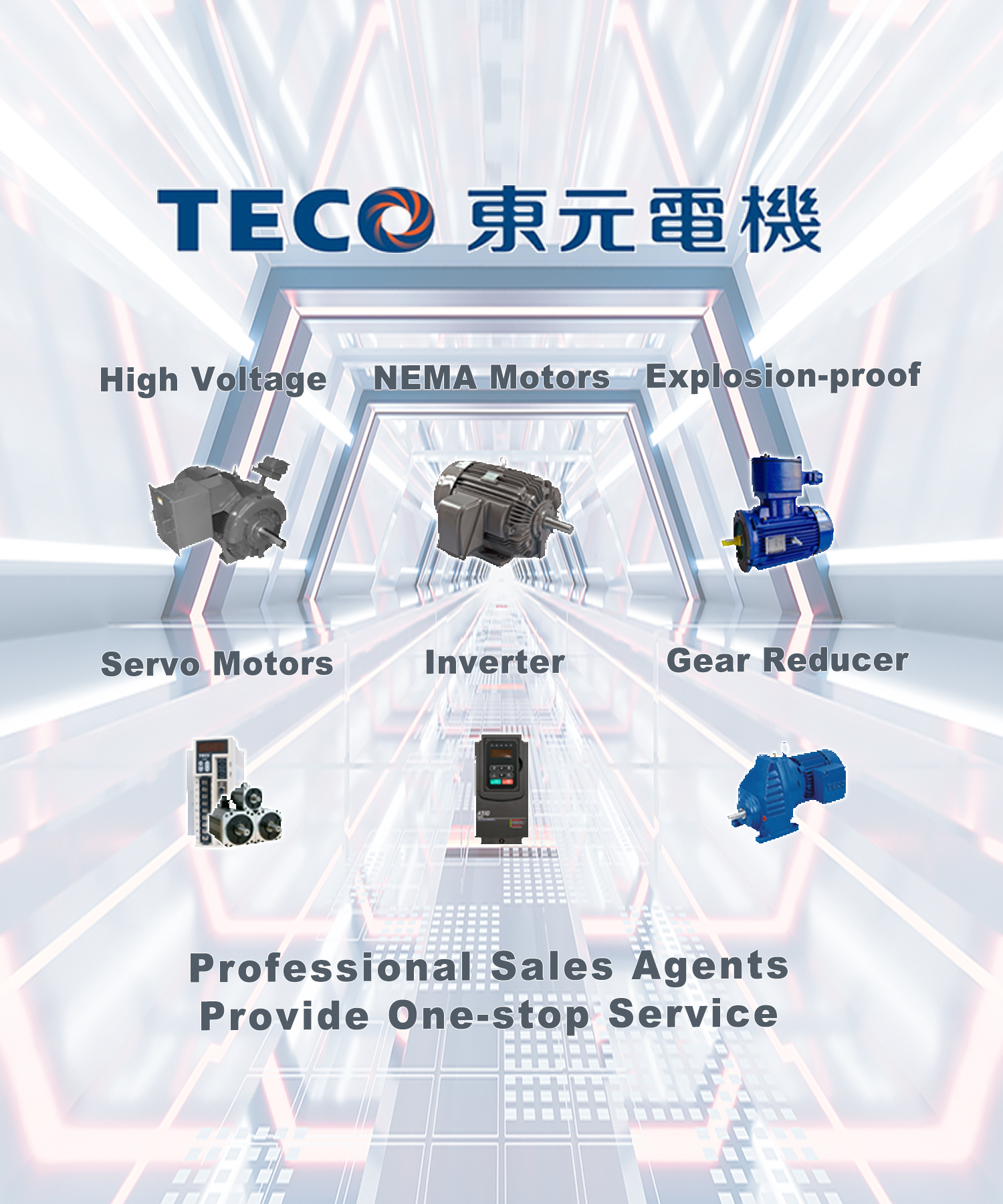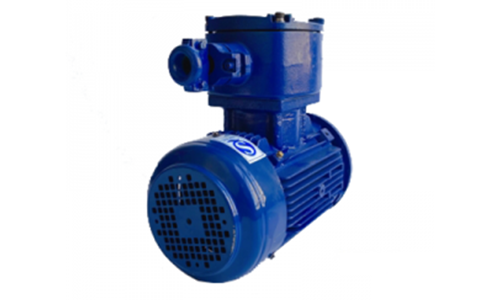Common causes of bearing abnormal noise
Common causes of bearing abnormal noise:
1. Impurities such as sand or carbon particles are mixed into the bearing to act as abrasives;
2. Dirt such as water, acid or paint is mixed into the bearing to cause decay;
3. The clearance of the bearing is too small (inappropriate selection of fit);
4. Wrong selection of lubricating oil or grease;
5. Insufficient lubrication (oil level is too low, oil or sticky through seal leakage);
6. The bearing is clamped by the seat hole (the roundness of the hole seat is not good, or the hole of the hole seat is not straight);
7. The pad iron on the bottom surface of the bearing seat is uneven (the hole in the guide seat is deformed and even cracks appear in the bearing seat);
8. There are sundries in the bearing seat hole (residual chips, dust particles, etc.);
9. The sealing ring is eccentric (touching adjacent parts and causing friction);
10. Bearing to extra load (bearing to axial rail tight, or only two fixed end bearings on one shaft);
11. The thermal elongation of the shaft is too large (the bearing is subject to static axial additional load);
12. The clearance of the bearing is too small, and it is too tight when rotating (the adapter sleeve rotates too tightly);
13. The bearing is noisy (the end face of the roller or the steel ball is slipping);
14. The fit between the bearing and the shaft is too loose (the straight line of the shaft is too small or the tension set sleeve is not tightened);
15. The shaft shoulder is too large (it hits the encrypted parts of the bearing and generates friction);
16. The shoulder of the seat hole is too large (distorting the seal of the bearing);
17. The gap of the labyrinth seal ring is too small (friction with the shaft);
18. The teeth of the lock washer are bent (touching the bearing and rubbing);
19. The position of the oil throwing ring is not suitable (touching the flange cover and causing friction);
20. There are pressure pits on the steel ball or roller (caused by hitting the bearing with a hammer during installation);
21. There is noise in the bearing (interference with external vibration source);
22. The bearing is heated and discolored and deformed (caused by using a spray gun to heat and disassemble the bearing);
23. The shaft is too thick to make the actual fit too tight (cause the bearing temperature is too high or noise occurs);
24. The bearing is noisy (the bearing has fretting abrasion);
25. The diameter of the bearing seat hole is too large, and the actual fit is too loose (the bearing temperature is too high - the outer ring slips);
26. The bearing seat hole becomes larger (the non-ferrous metal bearing seat hole is enlarged, or becomes larger due to thermal expansion);
27. The diameter of the seat hole is too small (causing the bearing temperature to be too high;
28. The cage is broken;
29. Steel balls and track wear (the grinding department is qualified or the product is bruised.







